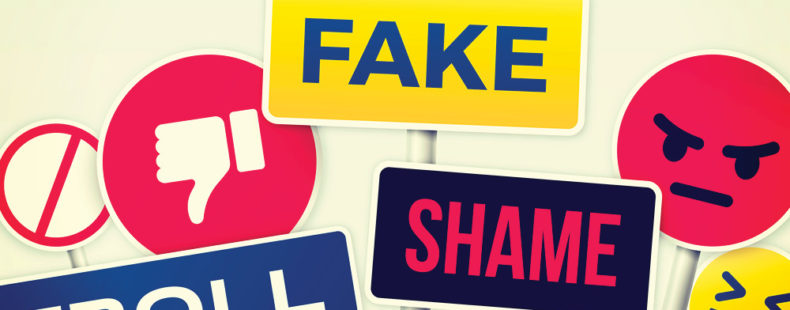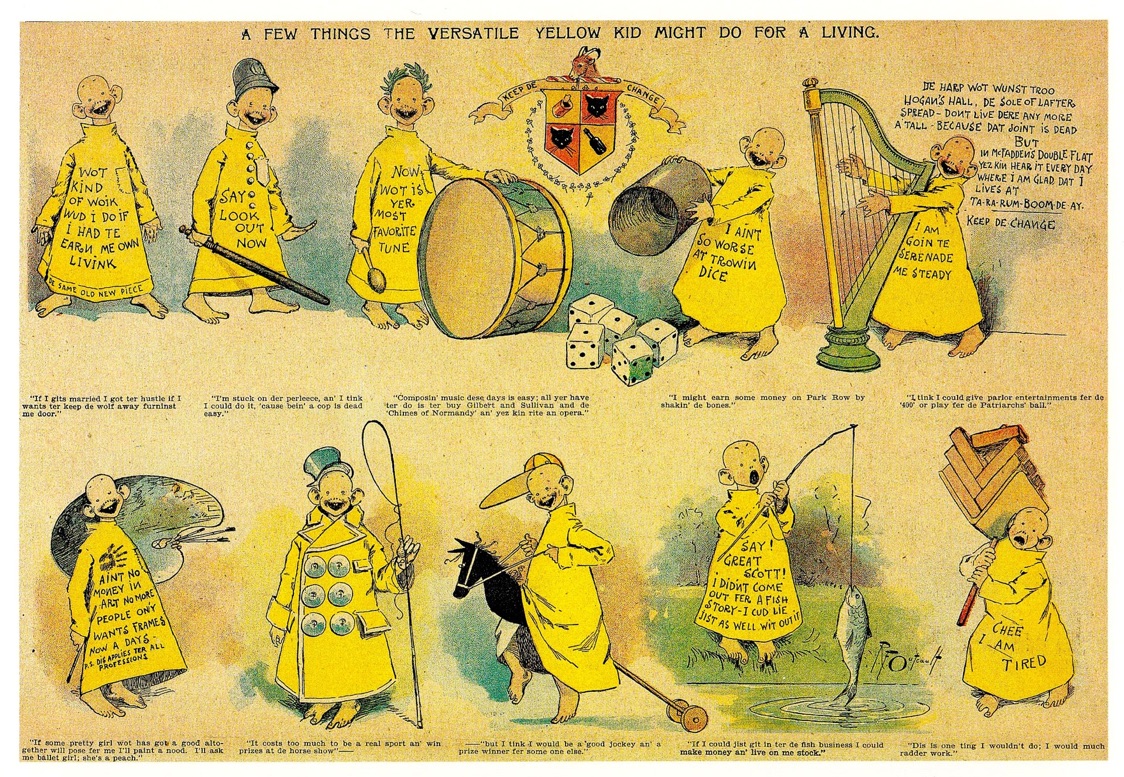Do you get your news from Facebook, Twitter, Snapchat, or other online platforms? If so, you’re in good company. More than two-thirds of American adults get some of their news from social media.
But, what about that time we learned that Facebook and Twitter acknowledged that the Russians posted fake news on their sites during the 2016 presidential election campaign … it is estimated that the fake news spread to over 126 million Americans. Doesn’t that make you feel a little less confident in your online news? We sure are! Can you trust what you read online? How skeptical should you be?
Some online news is still reliable, don’t worry. Here are some tips to suss out the fake from the real …

























